Plant Hardiness
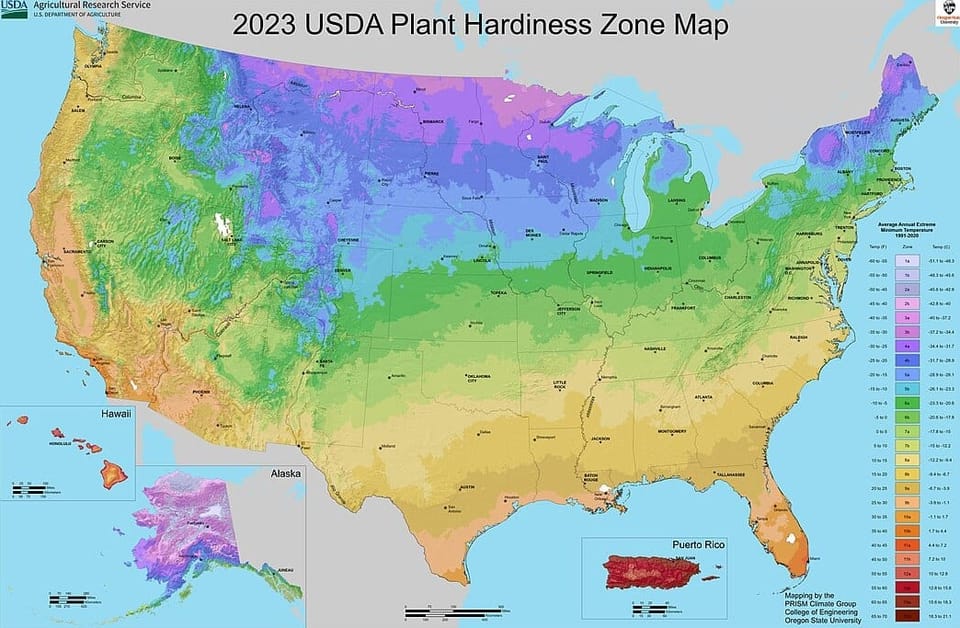
When planning a garden, you need to make sure the plants are suitable for your location. Location suitability has two main factors:
- You want to make sure the light conditions are suitable. For example, if you are planning a shady garden, you don't want to choose plants that require a full sun location.
- You also want to ensure your plants are hardy to the climate in your location. This can be a little trickier to determine, especially now that mail-order plants are more readily available than ever.
In this post, we will discuss plant hardiness and how you can best determine which plants are hardy to the climate in which your garden is located.
USDA Plant Hardiness Zones
If you live in the USA, the Dept. of Agriculture (USDA) has created a map of hardiness zones across all 50 states and the territory of Puerto Rico. This map designates areas of the country into one of 26 different zones based on their average annual minimum temperature. Using this map, gardeners can determine whether a certain plant can survive the Winter in their area. Most plant labels in American Plant nurseries and Garden Centers will display the hardiness zone(s) for the plant. Similarly, online retailers or catalogues will also display and allow plants to be selected by hardiness zones.
The USDA Hardiness Zone system has been adopted by other countries, and some have even adapted it slightly so be careful when looking at zone data to make sure it is specific for the country you live in. For example, the UK has the RHS hardiness zone system where their version of zone 1a is equivalent to zone 13a in the USDA system.
Limitations of the USDA system
The problem with the USDA system is that it only measures one aspect of hardiness. Some zones may have very low minimum temperatures and very high maximums. For example, Minneapolis has an average high of 94°F/34°C in July and an average low of -15°F/-24°C in January. Some plants are too tender to survive such persistent high temperatures in Summer even though they can survive the cold of Winter. As such, the USDA hardiness zones are not the best indicator of climate. Another good example of this issue is when you consider that the Coast of Ireland and central Florida are both in Zone 10 despite the big difference in climate.
Sunset Zones
An alternative classification of climatic regions has been devised by the publishers of the Sunset Western Garden Book. Their zones address the limitation of only looking at winter hardiness by factoring in the length of the growing season, timing and amount of rainfall/snow, winter lows, summer highs, solar intensity and humidity. This is more commonly used in the Western states of the USA, where there are 24 different zones for that region. There have been attempts to define these zones for the rest of the country, expanding to 47 zones in total, but as Sunset no longer publishes its National Garden Book, these are not widely used in the Eastern states of the USA.
Sunset zones are commonly used on plant labels and descriptions by plant retailers and plant guides catering to the Western half of the USA. You can look up your sunset zone here and I highly recommend buying a copy of the Sunset Western Garden Book if you live and garden in any of the Western States.
WUCOLS
If you live in California, there is another resource for plant hardiness information. The Water Use Classification of Landscape Species (WUCOLS) is a database of more than 3,500 plants that shows their water needs based on location in California.
Using WUCOLS, a gardener can determine whether a given plant in a given area has high, medium, low, very low water needs, or is not recommended for use in that area. Also, as many California native and other drought-tolerant plants are susceptible to root rot, it will advise which ones should have reduced summer watering. This is a very useful guide in an area that is prone to exceptional drought conditions and where summer heat can lead to excessive evapotranspiration.
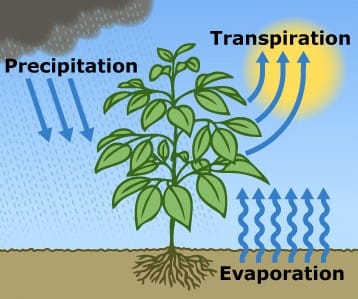
RHS Hardiness Ratings
In the UK, The Royal Horticultural Society has created its own system called the RHS Hardiness Ratings. This system labels the zones in reverse order from the USDA, with the lower numbers indicating plants that require higher winter temperatures. The Zones are labelled with a leading H before the number to avoid confusion with other systems. The RHS ratings also differ from the USDA in that some zones indicate levels of hardiness that can only be managed by growing plants indoors or in greenhouses.
Many plant labels in the UK will include the RHS hardiness rating, and you can look up ratings for plants using the RHS Plant Search website.
UK USDA Zones
As many people searching for plant information online may find themselves on US-based websites, it is still useful to understand how the USDA zones would apply to the UK. The image below shows how this would look for the UK and Ireland.
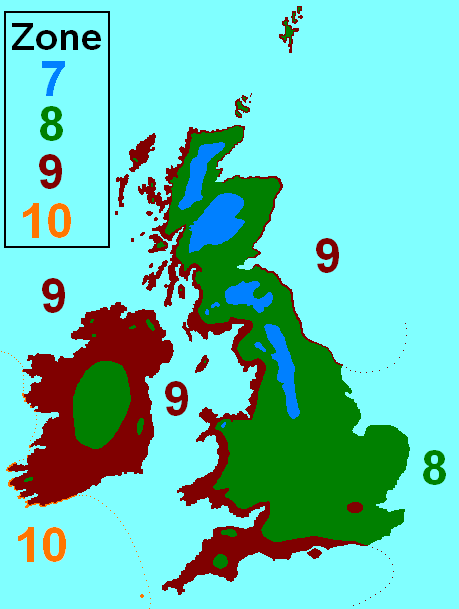
AHS Heat Zones
In 1997, the American Horticultural Society (AHS) created the AHS Heat Zone Maps, which measures maximum temperatures by area in the USA. As I mentioned earlier, knowing the maximum temperature a plant can endure is often just as helpful as knowing the minimum temperature it can withstand. There is no point if a plant can survive winter but is fried to death in summer.
While this sounds like a useful resource, I have never seen the heat zones on any plant labels or plant information and there is no public database where you can easily look up plants to see what heat zones they can tolerate.
Local Knowledge
As recognised by the creators of the Sunset Zones, many environmental factors will determine whether a plant will thrive in your garden. Until you have some experience with plants in your local climate, the best resource is Local Knowledge. Nurseries and experienced gardeners in your area will be the best source of knowledge on whether a plant will thrive in your specific location.
In saying this, I am not discouraging you from ordering from remote suppliers. I often do this myself, and by ordering from outside the major cities my clients are based in, I have saved myself (and my clients) a lot of money. However, I know which plants work best for the areas I work in. Until you are more experienced, try to avoid using mail-order plants and seeds and seek guidance from local experts.




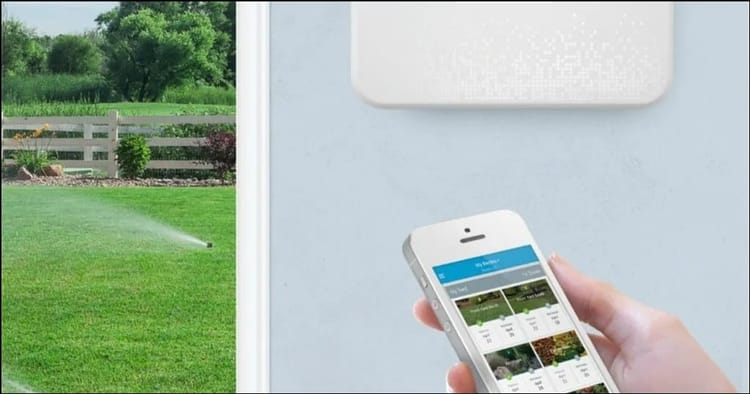
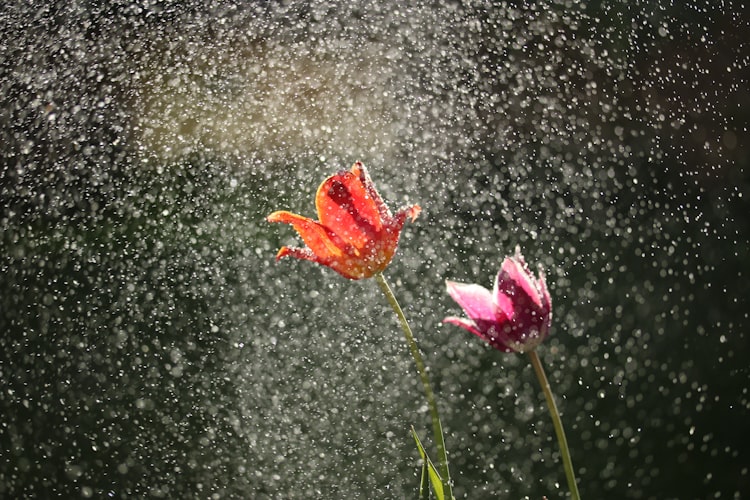

Comments ()